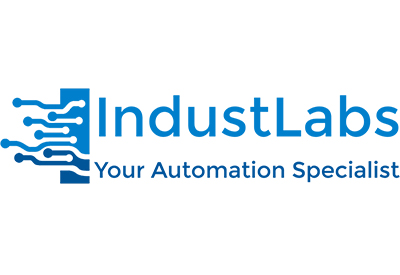The Importance of Automation in the Oil & Gas Industry

January 26, 2021
The oil and gas industry is growing every day—but it can be difficult to keep up with this increase in demand without automation. Various automated systems, such as SCADA and PLC technology, are incredibly useful in catching and preventing errors, increasing productivity, and reducing safety risks.
Automation in the Oil & Gas Industry
The market for oil and gas is rapidly growing, and the use of automation in this industry is expanding right along with it. Demand for an increased oil and gas supply is particularly prevalent in developing regions due partially to population increases in these areas.
While transmitting, extracting, and refining oil and gas can be incredibly complex, automation helps to simplify the process. By incorporating automative practices, companies can increase productivity, decrease costs, and provide greater safety and convenience for personnel. Automation is particularly beneficial due to the fact that oil and gas wells are frequently located in remote locations that are difficult and dangerous for people to work in.
SCADA SYSTEMS
One common type of automation in the oil and gas industry is supervisory control and data acquisition (SCADA). SCADA systems collect information and data at remote oil and gas locations, therefore reducing the need for supervisors and personnel to make trips to the sites. This saves time and money, and aids in personnel safety. Additionally, managing the incredibly high volumes of data put out by oil sites is an immense challenge; SCADA systems make this data collection significantly more manageable.
Use of SCADA in the Upstream Sector
Most frequently, SCADA systems in the upstream sector are used to remotely gather data and transmit it back to headquarters. In this scenario, SCADA systems allow personnel to quickly respond to critical situations, preventing blowouts and increasing safety.
Use of SCADA in the Midstream Sector
As oil and gas moves downstream, it must traverse thousands of miles of pipe systems, often moving through harsh conditions. SCADA systems in this midstream sector monitor the flow of oil, ensuring that the pipeline’s pressure remains optimal. SCADA systems can also detect leaks, resolving issues before they escalate.
Use of SCADA in the Downstream Sector
This segment of the oil and gas industry consists of plants that specialize in processing and refining oil. SCADA systems are used here to make sure that the plants are prepared for the appropriate amount of product inflow. These systems also increase personnel safety by detecting and mitigating errors.
PLC TECHNOLOGY
While SCADA systems are largely used to remotely collect data, a programmable logic controller (PLC) connects with field devices to control various automated processes. PLC technology utilizes communication protocols to regulate processes within plants.
THE INDUSTRIAL INTERNET OF THINGS
The industrial Internet of Things (IIoT) enables various machinery and systems to communicate with each other without human intervention. In the gas and oil industry, IIoT is used to increase security, manage industrial and customer data, and provide preventative maintenance to machinery. IIoT has numerous benefits, including:
-
Decreasing environmental impact
-
Providing real-time data
-
Increasing efficiency and profits
-
Reducing risks
![]()
https://www.industlabs.com/news/oil-and-gas-automation











